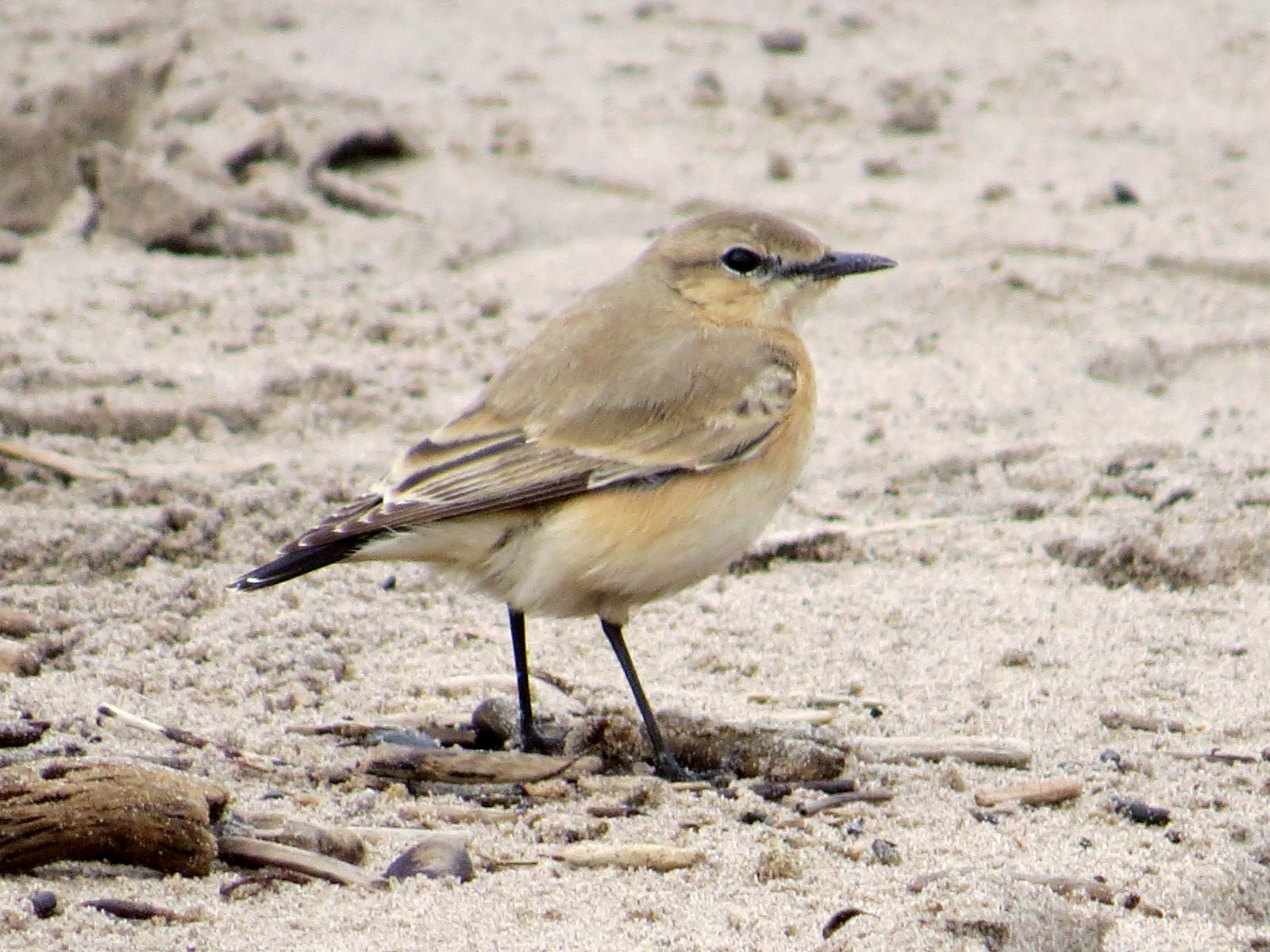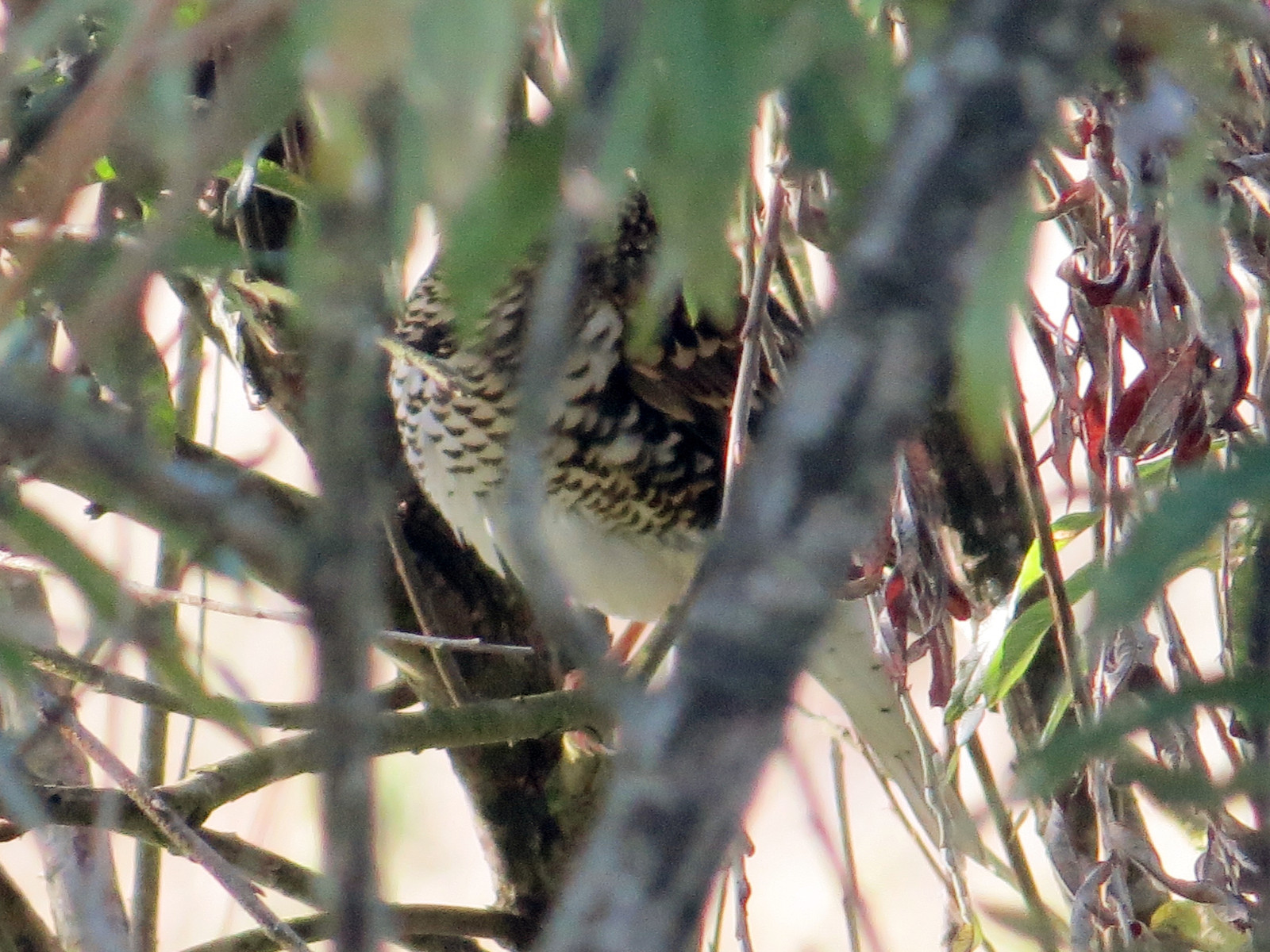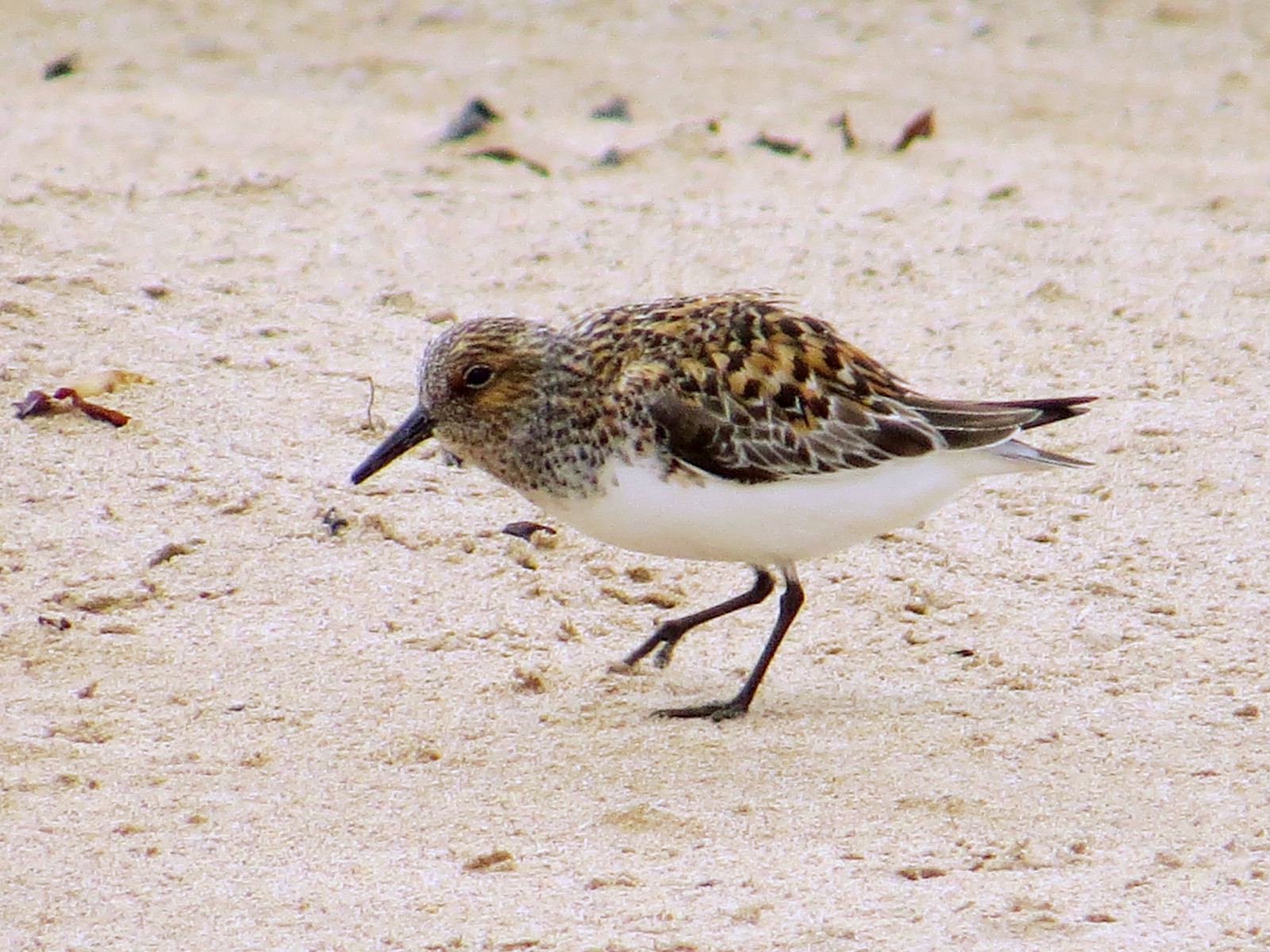Beskrivning
Holy Island is a tidal island off Northumberland’s coast that becomes inaccessible when the tide covers its causeway. When it is safe to cross the causeway, it is a great destination for birders. Holy Island is part of the Lindisfarne National Nature Reserve, and considered to be one of the best birdwatching sites in Northumberland, with a large range of resident and visiting birds throughout the year. It is a regional hotspot for migrants in spring and autumn. Check tide tables before visiting (see the link below).
The island and the adjacent mudflats are the wintering range for almost the entire Svalbard population of Pale-bellied prutgås, and are also important for spetsbergsgås and sångsvan, along with large numbers of ducks (notably gravand, bläsand, Kricka, stjärtand) and waders (kustpipare, kustsnäppa, kärrsnäppa, myrspov, rödbena, and many others). In late May, the north shore is a major staging post for large flocks of större strandpipare and sandlöpare heading for the high arctic, while spovsnäppa and småsnäppa can often be found in late summer and autum. The large autumn flocks of ljungpipare in the fields are also worth checking carefully for regular vagrant amerikansk tundrapipare; sibirisk tundrapipare has also been recorded several times.
In October and November, look for large arrivals of thrushes, mostly rödvingetrast and björktrast, but also taltrast and koltrast, and a few ringtrast; the fields around the Straight Lonnen often have the largest numbers. At the same time, the hedges on the Straight Lonnen and the scattered bushes in the dunes often have many warblers and chats, with svarthätta, gransångare and rödstjärt the most conspicuous, but also regularly other species like tajgasångare, kungsfågelsångare, höksångare, mindre flugsnappare, svartvit flugsnappare, and blåhake.
Recent rarities have included tajgasädgås, tundrasädgås, svarthakedopping, tärnmås, vitnäbbad islom, aftonfalk, brun törnskata, svartpannad törnskata,nordsångare, lundsångare, brunsångare, starrsångare, ökensångare, rosenstare, guldtrast, tajgablåstjärt, isabellastenskvätta, dvärgsparv.
Detaljer
Tillgänglighet
Signposted east off the A1 at Beal; head east for 8 km on minor raod, across tidal causeway. Parking on left just before entering village. Limited parking off road in western part of the island. Nearest train station is Berwick, 12 km north. Possible to cycle but research before trying. On the map below you see a selection of walks around the island.
Terräng och habitat
Spridda träd och buskar , Slätt , Våtmark , Platt , Hed , Hav / ocean , Sjö , Strand , Dyner , Vassar , Gyttjig strand , JordbrukFörhållanden
Platt , Öppet landskap , Risk för högvattten , SandigtRundtur
JaTubkikare behövs?
Kan vara användbartBästa säsong för skådning
Året runtBästa tid för ett besök
Vårsträck , Höststräck , Vinter , Vår , Höst , SommarRutt
Asfalterad väg , Bred stig , Grusväg , Smal stigHur ansträngande vandring
Genomsnittlig vandringNås
Cykel , Till fotsFågeltorn / plattform
JaExtra information
Holy Island is also known as Lindisfarne. Single bird hide overlooking The Lough (a small lake on the east side of the island). Viewpoint over small wetland (good for waders) on path from village to castle. Paths criss-cross the island and various circular walks can be made. Stay on marked paths as far as possible. Cattle graze the dunes. One site worth visiting is the Vicar's garden, in the SW corner of the village across the lane from the church (look over the wall from the adjacent pony field); vagrant warblers can be seen here after east winds in migration periods.



